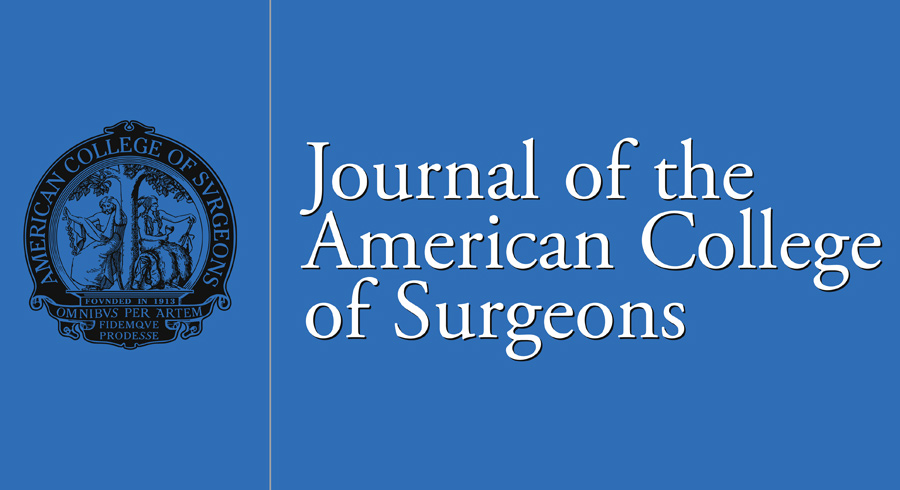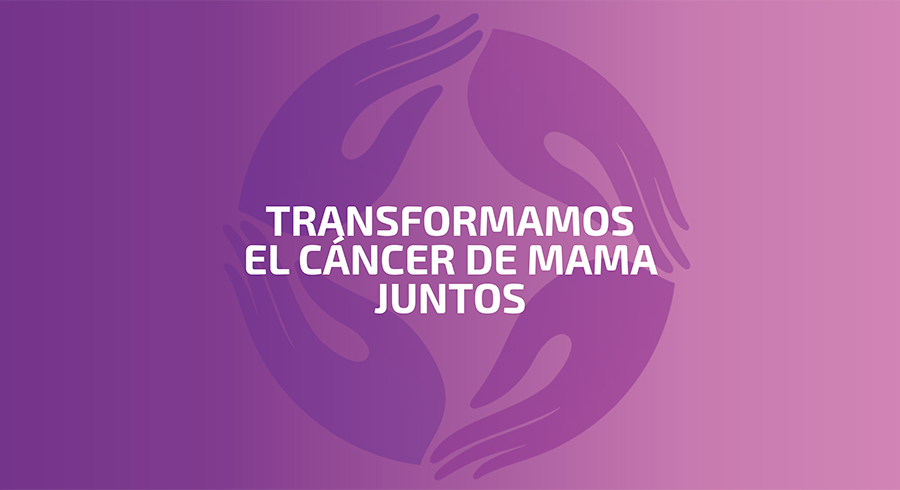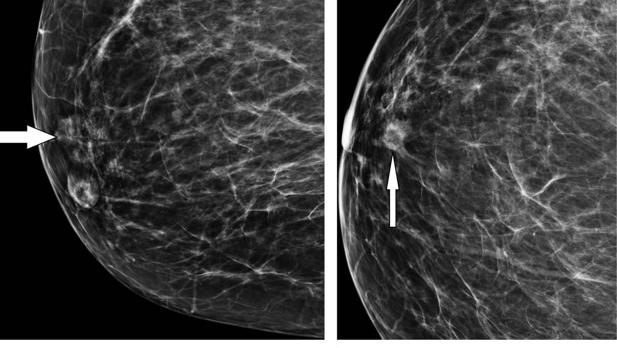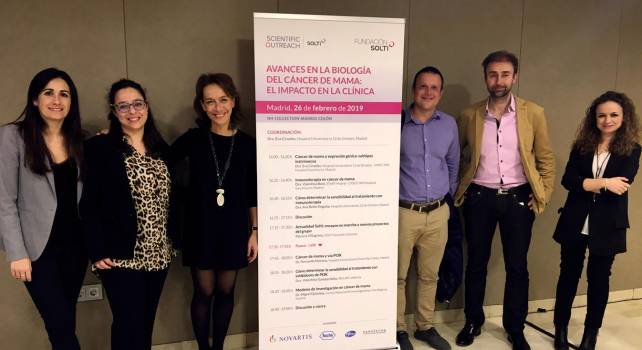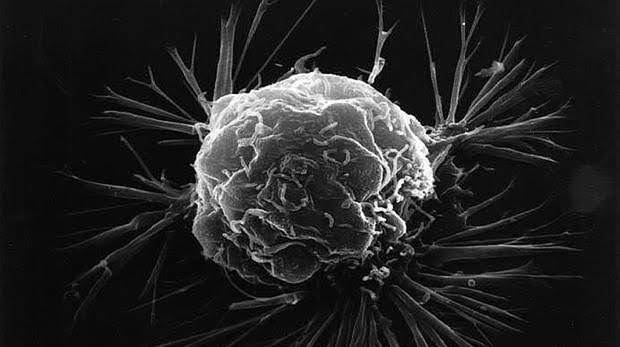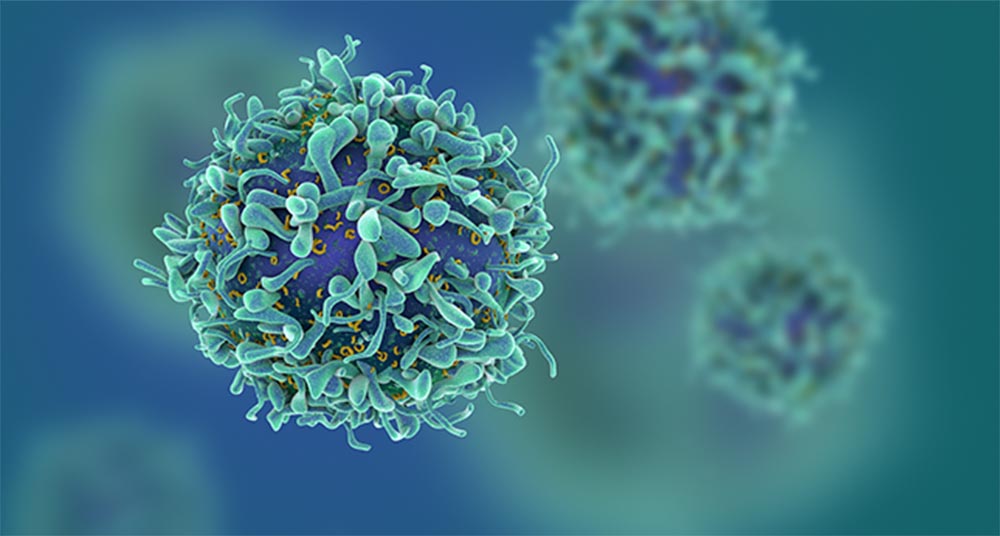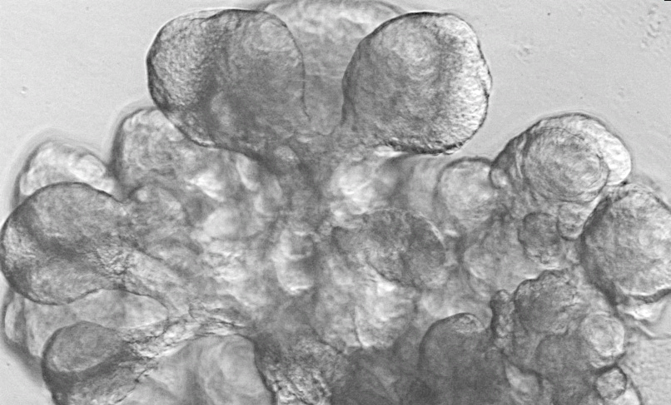Background
In 2014, SSO/ASTRO guidelines defined negative margin for stage I and II breast cancer as “no tumor on ink”. We hypothesized that repeat surgery rates have decreased since guideline introduction and would be associated with changes in overall surgical trends.
Study Design
The National Cancer Database was used to identify women who underwent initial breast-conserving surgery (BCS) for stage I and II breast cancer from 2004 to 2015.
Results
Of 521,578 patients that underwent initial BCS, 82.7% had BCS alone and 17.3% had repeat surgery: 67% with BCS followed by another BCS, 24% with BCS followed by unilateral mastectomy, and 9% with BCS followed by bilateral mastectomy (BM). The repeat surgery rate decreased from 16.2% in 2004 to 14.0% in 2015 (p<0.01). BCS with repeat BCS decreased from 12.8% to 9.7%, and BCS followed by BM increased from 0.7% in 2004 to 1.9% 2013, then decreased to 1.4% in 2015. Trends for all surgical patients regardless of initial surgery showed a BCS rate of 64.0% in 2013 that increased to 67.6% in 2015. The BM rate increased from 4.6% in 2004 to 13.6% in 2013, then decreased to 12.8% in 2015 (p<0.05). Adjusted multivariable regression found independent predictors of repeat surgery to be diagnosis before 2014 (OR 1.25), age <50y/o (OR 1.70), Her2+ tumors (OR 1.61), and lobular histology (OR 1.61).
Conclusions
Repeat surgery rates are decreasing after 2014, which is also associated with a rise in BCS and decrease in BM rates. Dissemination of margin guidelines for early stage breast cancer may be impacting overall surgical trends.

